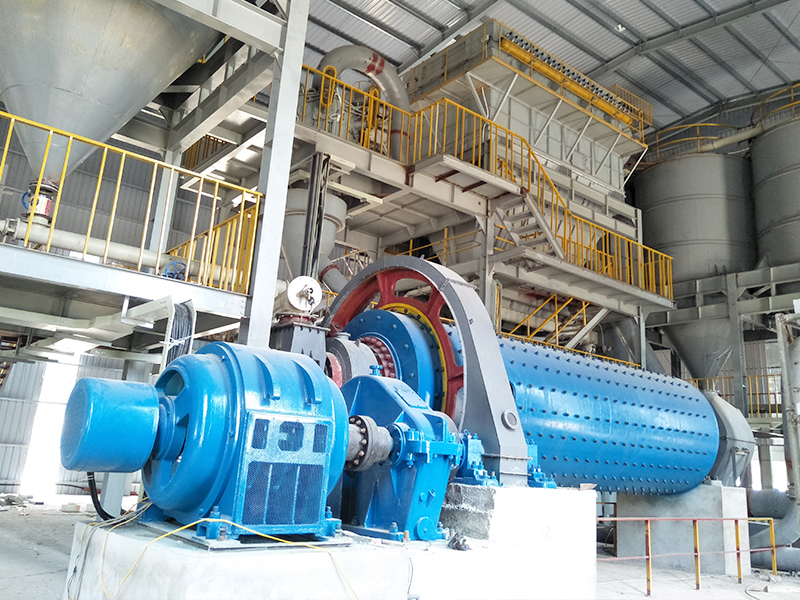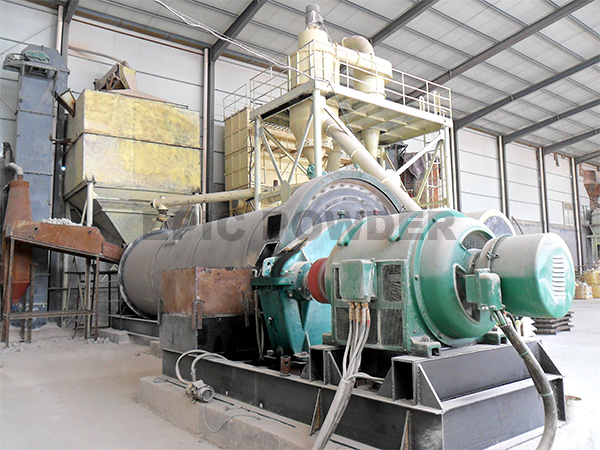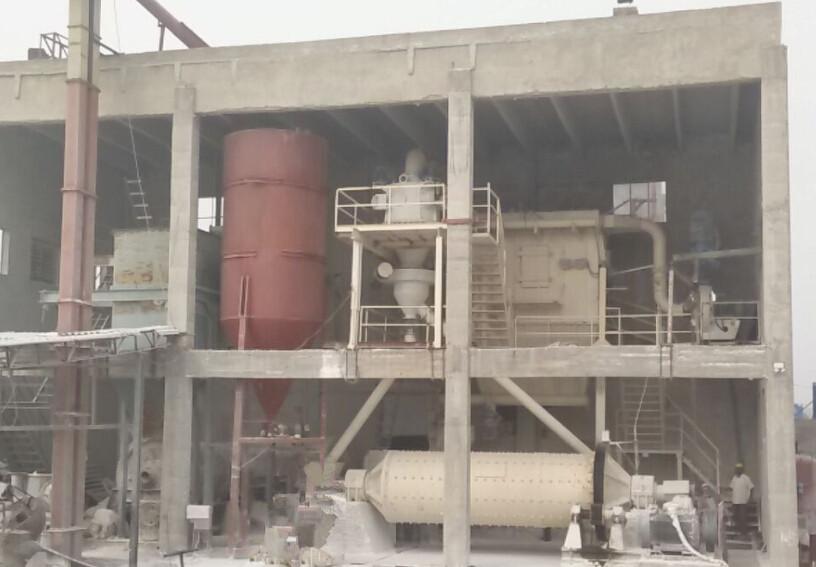NO. 369, Road S209, Huanxiu, Qingdao City, China
Jet Mill
Jet Mill: The Ultimate Grinding Solution
Jet milling is an advanced grinding technology that utilizes high-pressure gas jets to reduce particle size. It is a highly efficient and reliable process that is widely used in various industries, such as pharmaceuticals, chemicals, food, and cosmetics. Jet milling offers several advantages over traditional grinding methods, including superior particle size control, narrow particle size distribution, and minimal contamination.Jet mills consist of a grinding chamber, where the particles are fed into the system, and a classifier, which separates the fine particles from the coarse ones. The grinding process begins when the high-pressure gas jet enters the grinding chamber, creating a vortex motion that moves the particles towards the center of the chamber. As the particles collide with each other, they undergo repeated impacts, resulting in size reduction. The classifier then separates the fine particles from the coarse ones, ensuring that only the desired particle size exits the system.
One of the key advantages of jet milling is its ability to achieve precise particle size control. This is due to the fact that the particle size is controlled by the velocity of the gas jet, which can be adjusted according to the specific requirements of the application. Additionally, jet milling can produce particles with a narrow size distribution, which is essential for achieving uniform product quality and consistency.
Jet milling is also an excellent solution for reducing contamination in the grinding process. Traditional grinding methods often involve contact between the grinding media and the material being ground, which can result in unwanted contamination. In contrast, jet milling relies on high-pressure gas jets to grind the material, minimizing the chances of contamination. Furthermore, jet mills can be equipped with various types of filters, such as HEPA filters, to further reduce contamination.
Jet mills are also highly versatile, capable of grinding a wide range of materials, including but not limited to powders, granules, and even fibrous materials. This makes them ideal for use in a variety of industries, from pharmaceuticals and chemicals, to food and cosmetics.
In conclusion, jet milling is a highly efficient and reliable grinding technology that can offer numerous benefits to manufacturers across different industries. With its ability to achieve precise particle size control, narrow particle size distribution, and minimal contamination, jet milling has become the ultimate grinding solution for many applications. As technology continues to evolve, we can expect to see even more innovative uses for jet milling in the years to come.




Leave a Comment